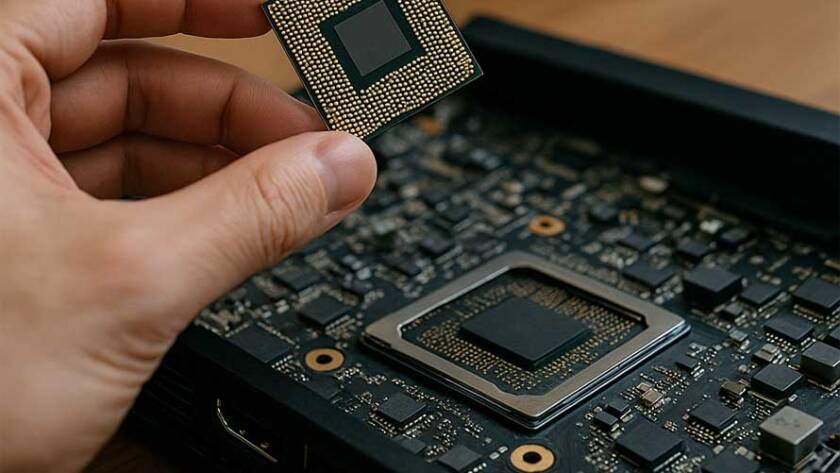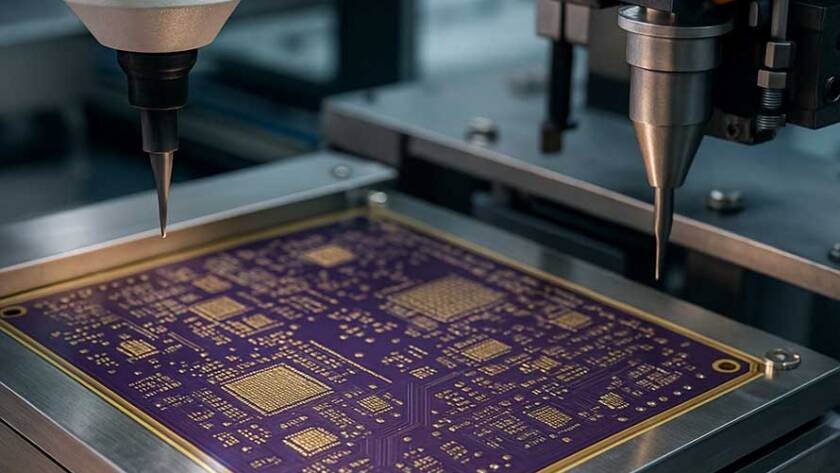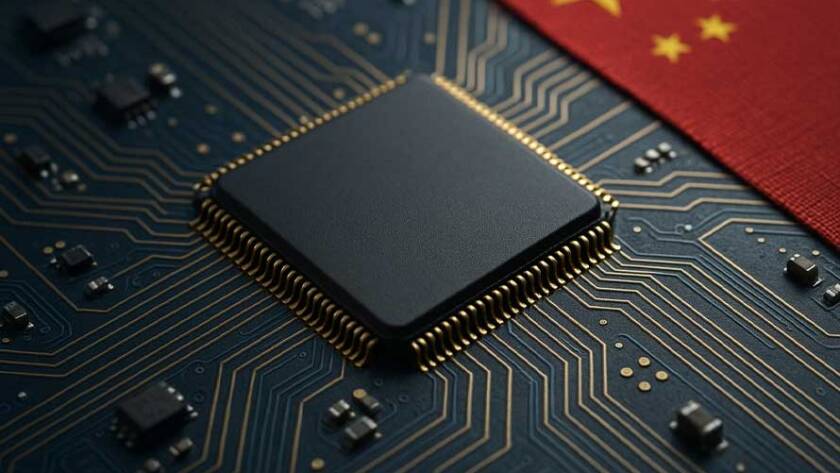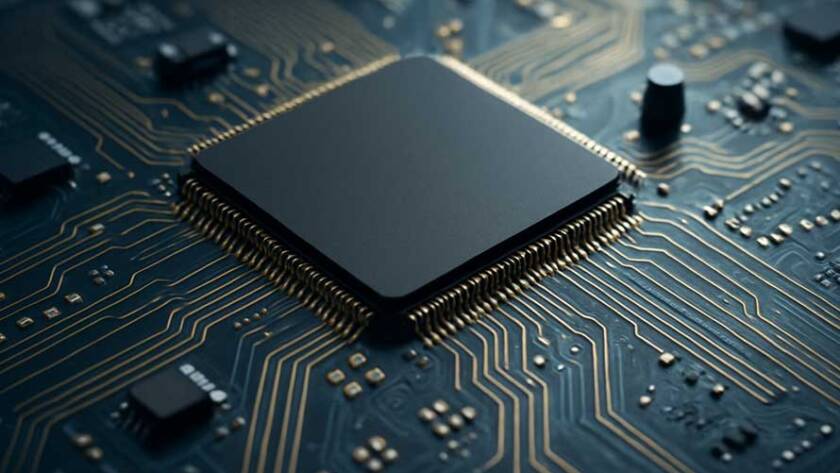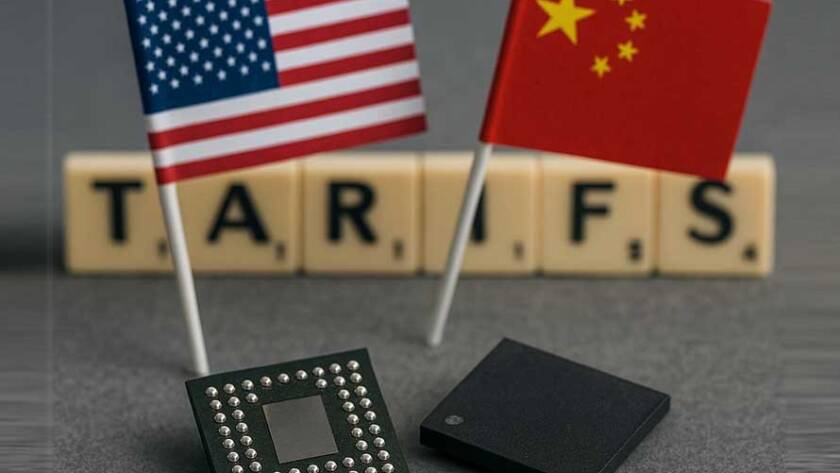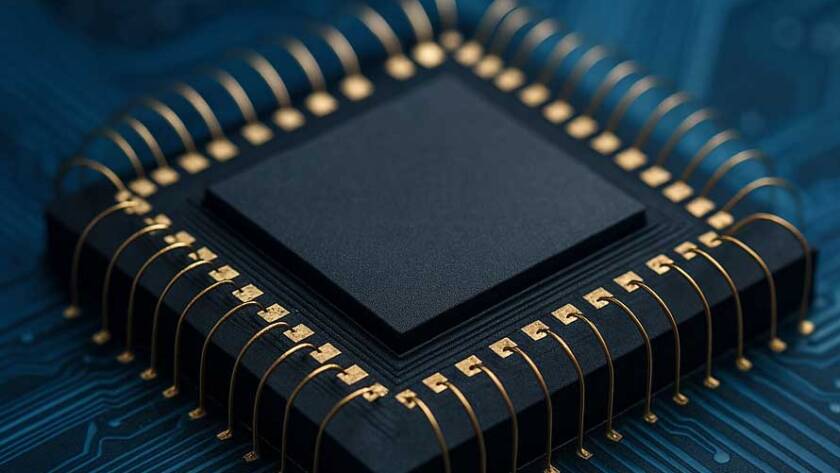In 2025 the microelectronics industry finds itself at a pivotal juncture as sweeping tariff threats and export control dynamics begin to reshape global supply chains in real time. For companies sourcing chips, components, and packaging, the evolving trade‑policy landscape is no longer a background risk, but a central operational factor.
Recent actions by the United…
